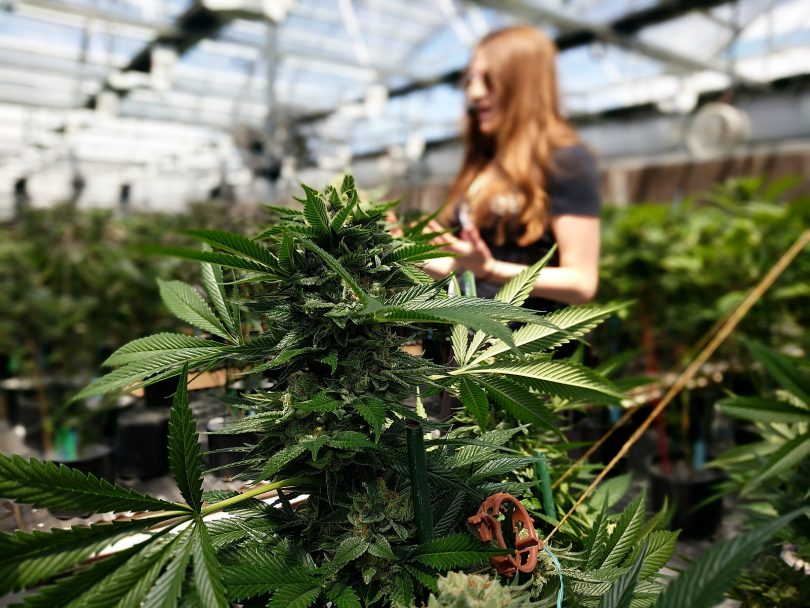California’s cannabis market used to be dominated by illicit farms in remote areas. Legalization introduced massive, corporate farms in more desirable areas, but the smaller farms have not been knocked out of the competition. Many experts believe that California cannabis regulators need to consider the small farmer’s needs, or the illicit market will continue to flourish.
A 2021 study published in Land Use Policy that reviewed multiple aspects of California’s shifting cannabis market discovered that “historical centers of cannabis production are primarily undeveloped, forested watersheds, harboring multiple U.S. Endangered Species Act-listed species.” Because this free-roaming cannabis agriculture can put sensitive species and plant life at risk, the researchers note, “the development of cannabis cultivation policy has included much stronger environmental protections than those enacted for other, traditional agricultural crops.” [1]
In addition, farms that want to transition into the legal market are subject to expensive remediation and upgrade requirements. If California favors new farms too heavily and makes it difficult for smaller, previously illegal farms to legitimize, the state could end up unintentionally bolstering the illicit market.
“We found that, since 2018, California’s formalization of the cannabis industry has corresponded to rapid transformations in where and how cannabis is produced,” the study authors said. The largest growth measured for the number of permitted farms occurred in the historical cannabis cultivation region of the Emerald Triangle (Humboldt, Mendocino, and Trinity counties), whereas the largest increase in production area occurred in central California near Monterey and Santa Barbara where land use requirements, topography, and the number of neighboring farms can differ. The Land Use Policy study authors believe that “there are two emerging paths of development for the formalized cannabis industry.” These two paths are represented by small boutique farms and mass cultivation areas.
California cannabis regulations should take into account the needs of both types of growers, particularly the rules regarding land use. “It remains to be seen if either cultivation mode (small- or large-scale) will become dominant or if this bifurcated development pattern will continue,” the study posed, or whether the costs and current regulations would defeat many smaller farms.
There is room for both types of farms, though, and the model that we can look to has already been laid out for us by Ed Rosenthal. “The model for what [cannabis] legalization should look like is already out there. It’s tomatoes. More tomatoes are grown in America by home gardeners that are produced commercially. Yet there is a robust commercial market for tomatoes and tomato products of all types.” [2] And there are craft farmers possessing prized fruit, as well as massive operations putting out everything from soup to
Image source: Wikipedia
References:
1- Dillis C, Biber E, Bodwitch H, et al. Shifting geographies of legal cannabis production in California. Land Use Policy. 2021:105:105369. [journal impact factor = 5.398; times cited = 1]
2- Rosenthal E. Ed Rosenthal’s Marijuana Grower’s Handbook. Quick American Publishing: Oakland. 2010.








